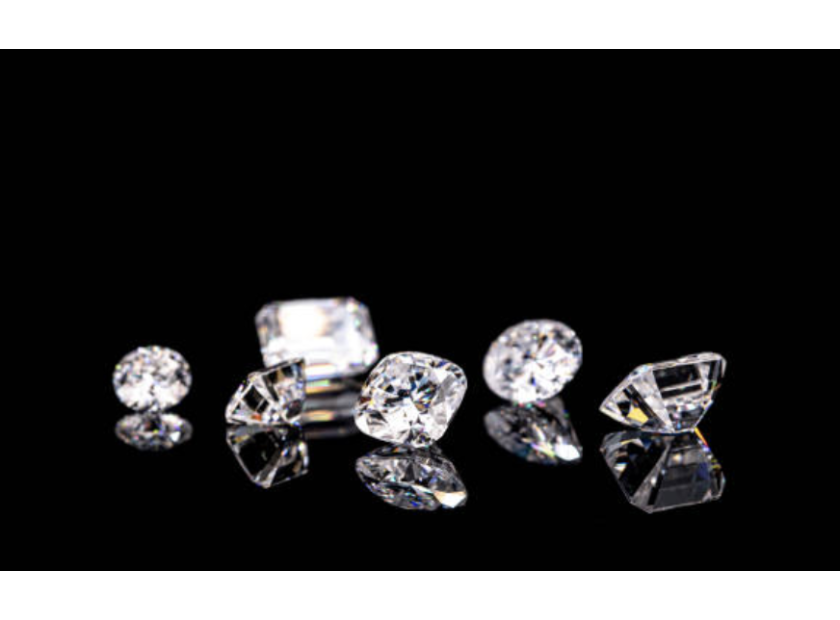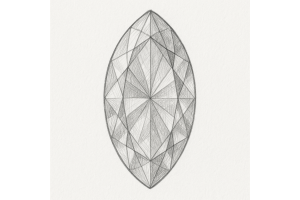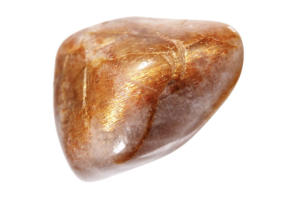GBP
/
GBP
/
Shipping to:
Currency:
Moissanite vs Diamond: What’s the Difference and Which Should You Choose?
Choosing between moissanite and diamond can feel a bit like picking between two dazzling stars — both brilliant, yet each with its own unique charm.
Whether you're on the hunt for the perfect engagement ring or simply curious about these gemstones, understanding their differences is key.
Let’s dive into the world of moissanite and diamonds to help you make an informed choice.
Understanding Diamonds
Diamonds have long been the epitome of luxury and romance.
Formed deep within the Earth's mantle over billions of years, these gems are composed entirely of carbon atoms arranged in a crystal lattice, giving them unparalleled hardness and brilliance.
Their timeless appeal has made them a staple in jewellery, especially for significant milestones like engagements and anniversaries.
If you're considering a traditional option, check out diamond engagement rings for a classic and elegant choice.
Unveiling Moissanite
Moissanite, on the other hand, has a celestial origin.
Discovered in 1893 by French scientist Henri Moissan in a meteor crater, this gemstone is made of silicon carbide.
Natural moissanite is incredibly rare, so the stones available today are lab-created, offering an ethical and sustainable alternative to mined gems.
Despite being a newcomer compared to diamonds, moissanite has carved out its niche in the jewellery market.
For those interested in unique and vibrant designs, explore gemstone engagement rings that feature moissanite and other precious stones.
Visual Distinctions
At first glance, moissanite and diamonds might look strikingly similar, but subtle differences set them apart.
- Brilliance and Fire: Moissanite exhibits a higher refractive index than diamonds, resulting in a more pronounced sparkle with colourful flashes, often referred to as the "disco ball" effect. Diamonds, while also brilliant, offer a more subdued and classic sparkle.
- Colour Variations: High-quality diamonds are graded on a colour scale from D (colourless) to Z (light yellow or brown). Moissanite is typically near-colourless but can sometimes exhibit a slight yellow or green tint under certain lighting conditions. Advancements in production have led to more colourless options becoming available.
Durability and Hardness
When it comes to everyday wear, durability is paramount.
- Hardness: Diamonds top the Mohs scale at 10, making them the hardest known natural material. Moissanite isn't far behind, scoring between 9.25 and 9.5, indicating excellent resistance to scratches and suitable for daily wear.
- Toughness: Both gemstones are durable, but diamonds have perfect cleavage, meaning they can chip if struck with enough force at certain angles. Moissanite's crystal structure lacks this cleavage, making it slightly more resistant to chipping.
Cost Considerations
Budget often plays a significant role in gemstone selection.
- Affordability: Moissanite offers a cost-effective alternative to diamonds, often priced at a fraction of the cost for a similar size and quality. This price difference allows for larger stones or more elaborate settings without breaking the bank.
- Value Retention: Diamonds traditionally hold more resale value compared to moissanite. However, it's essential to view jewellery primarily as a sentimental investment rather than a financial one.
Ethical and Environmental Factors
For the conscientious consumer, the origin of a gemstone matters.
- Sourcing: Lab-created moissanite is inherently conflict-free and has a minimal environmental footprint. While many diamonds are now ethically sourced, concerns about mining practices still exist. For more insights on making ethical choices, read about lab-grown diamonds vs gemstones.
- Sustainability: Opting for moissanite or lab-grown diamonds supports sustainable practices, reducing the demand for mining and its associated environmental impact.
Identifying Moissanite and Diamonds
To the untrained eye, distinguishing between the two can be challenging.
- Professional Assessment: Jewellers use specialised tools, such as thermal conductivity testers and magnification, to differentiate between moissanite and diamonds.
- Visual Cues: Moissanite's intense fire and occasional colour tints can be giveaways. However, without side-by-side comparison, these differences might be subtle.
Pros and Cons at a Glance
Moissanite:
- Pros: Affordable, brilliant sparkle, ethical sourcing.
- Cons: Distinctive fire may not appeal to all, slight colour tints in certain lights.
Diamonds:
- Pros: Timeless appeal, exceptional hardness, traditional value.
- Cons: Higher cost, potential ethical concerns depending on sourcing.
Making the Right Choice for Engagement Rings
Your choice should reflect personal preferences, values, and budget.
Moissanite: Ideal for those seeking a dazzling, budget-friendly, and ethically sourced gemstone. Explore non-traditional engagement rings for unique designs featuring moissanite.
Diamond: Suited for traditionalists valuing the classic allure and status associated with diamonds, and who are willing to invest more. Browse through bestselling engagement rings to find timeless designs.
FAQs
Is moissanite as durable as a diamond?
While not as hard as diamonds, moissanite is still highly durable and suitable for everyday wear.
Will moissanite's sparkle diminish over time?
No, moissanite maintains its brilliance and fire indefinitely with proper care.
Can most people tell the difference between moissanite and diamond?
To the untrained eye, they appear very similar. However, moissanite's more pronounced fire can be a distinguishing factor.
Is moissanite a fake diamond?
No, moissanite is a gemstone in its own right, with unique properties distinct from diamonds.
How do I care for moissanite jewellery?
Clean it regularly with mild soap and water, and avoid harsh chemicals to maintain its sparkle.








